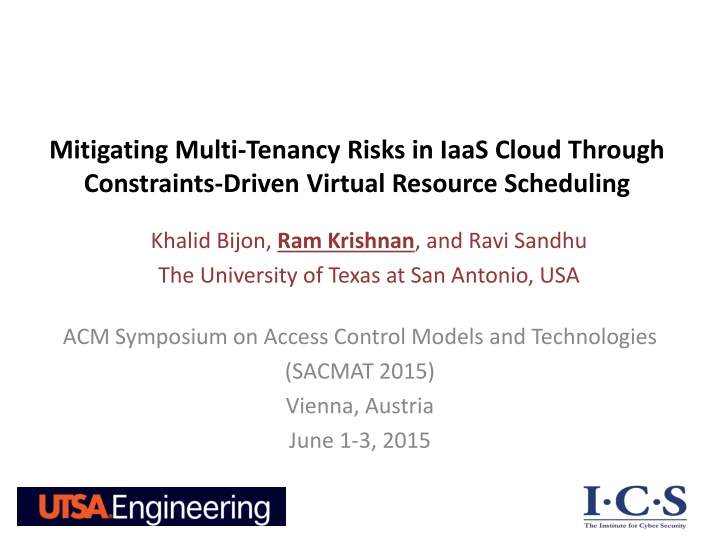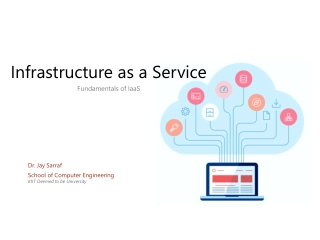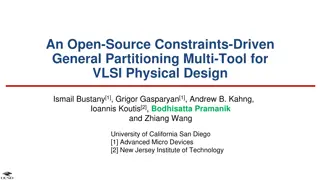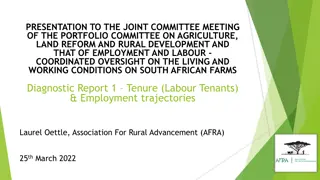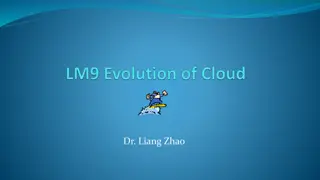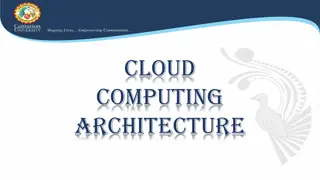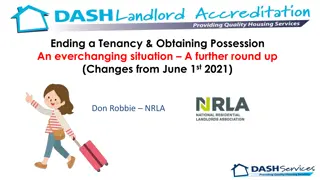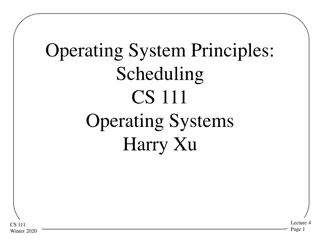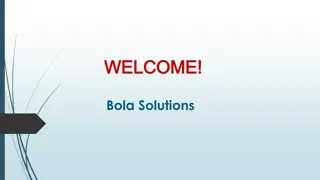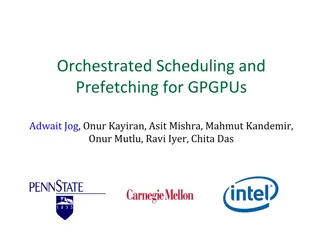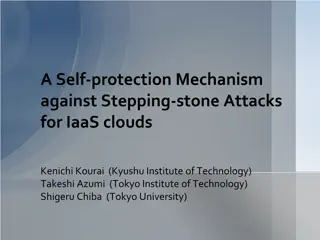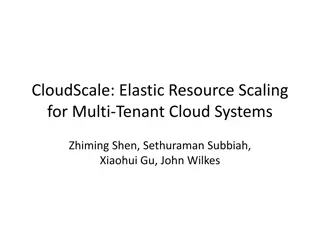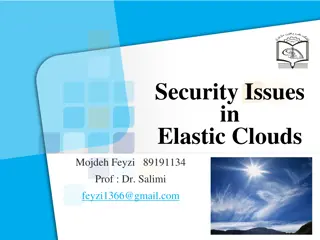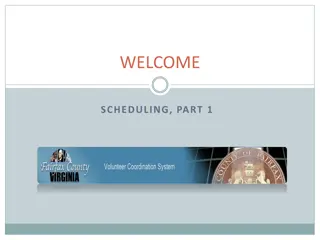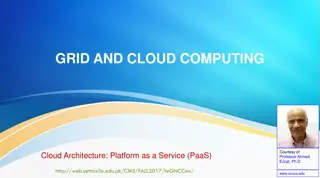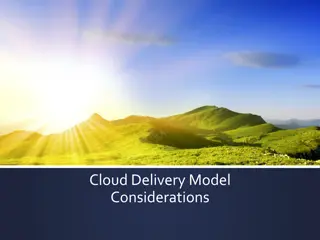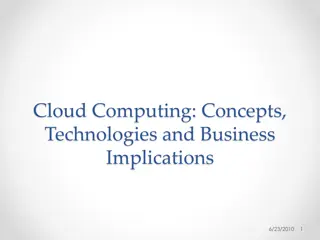Mitigating Multi-Tenancy Risks in IaaS Cloud Through Constraints-Driven Resource Scheduling
Addressing the challenges of multi-tenancy in Infrastructure as a Service (IaaS) clouds, this research focuses on constraints-driven virtual resource scheduling to enhance security and isolation among tenants. The study discusses co-location strategies, attribute-based conflict specifications, and conflict-free partitioning techniques for efficient resource management in cloud platforms.
Download Presentation

Please find below an Image/Link to download the presentation.
The content on the website is provided AS IS for your information and personal use only. It may not be sold, licensed, or shared on other websites without obtaining consent from the author.If you encounter any issues during the download, it is possible that the publisher has removed the file from their server.
You are allowed to download the files provided on this website for personal or commercial use, subject to the condition that they are used lawfully. All files are the property of their respective owners.
The content on the website is provided AS IS for your information and personal use only. It may not be sold, licensed, or shared on other websites without obtaining consent from the author.
E N D
Presentation Transcript
Mitigating Multi-Tenancy Risks in IaaS Cloud Through Constraints-Driven Virtual Resource Scheduling Khalid Bijon, Ram Krishnan, and Ravi Sandhu The University of Texas at San Antonio, USA ACM Symposium on Access Control Models and Technologies (SACMAT 2015) Vienna, Austria June 1-3, 2015
Cloud Service Models Network accessible software Software as a Service (SaaS) App dev environment with cloud characteristics Platform as a Service (PaaS) Virtualized hardware infrastructure Infrastructure as a Service (IaaS) 2
PUBLIC CLOUD PRIVATE CLOUD $ HIGH RISK $$$ LOW RISK Level of Physical Resource Sharing HIGH LOW VM VM VM VM VM VM VM VM VM VM VM VM Hypervisor Hypervisor Hypervisor Hypervisor Physical Machine Physical Machine Physical Machine Physical Machine Multi-tenancy is unavoidable in cloud platforms Hypervisor provides isolation, albeit tricky E.g. Ristenpart et al Tenant 1: Need 3 VMs Tenant 2: Need 3 VMs Tenant 3: Need 2 VMs Tenant 2: Need 3 VMs Tenant 4: Need 1 VM 4
Constraints-Driven Co-location Toward a programmable cloud platform for resource isolation that can satisfy constraints such as: Do not co-locate sensitive VMs with low-sensitive Do not co-locate high-availabilityVMs in the same rack Do not co-locate Exxon VMs with those of BP Must not co-locate vs. must co-locate Scheduling problems 5
Attribute-Based Conflict Specification for VM Co-location Name-value pairs on VMs E.g. sensitivity(vm1)= high , tenant(vm2)= Acme Specified for VMs of each tenant Intra-tenant (tenant-specified) Varies from tenant to tenant E.g. sensitivity , group , etc. Inter-tenant (cloud service provider specified) Available to VMs of all tenants E.g. tenant , flavor , etc. 6
Conflict-Free Partitioning of Attributes Step 1: Finding MIN_PARTITION is similar to k-coloring: NP-Complete Step 2: O(|ATTRVM | x |PARTITIONatt|) 8
Co-Resident VM Scheduling Step 3: Partitions of co-resident VMs O(|VM| x |ConflictFreeATTR| x |ATTRVM|) Step 4: Scheduling of co-resident VMs into physical hosts Similar to bin-packing: NP-Hard Not a problem introduced by this work 9
Experimental Setup OpenStack deployed on 5 physical machines Each is a Dell R710 with 16 cores, 2.53 GHz and 98GB RAM Each VM simulated as a physical host to simulate 100s of physical hosts 10
Conflict-Free Partition Using Backtracking Small-ish scope and conflict set Large scope and conflict set 11
#Hosts With varying number of elements in Conflict-Set With varying number of maximum degree of conflicts 13
Conflict Changes Conflict specification can change over time! Changes can be of different types Type 1: remove an element from the ConSetatt Type 2: add an element to ConSetatt PARTITIONatt remains unchanged Type 3: add an element to ConSetatt PARTITIONatt changes -> may need to migrate 15
Migrations % of Conflict for a Given Scope % of Total VMs that Require Migration 16
Ongoing/Future Directions Constraints that span further levels of abstractions o PaaS and SaaS 17
Ongoing/Future Directions (continued) Constraints involving other virtual resources Storage, Network, etc. Managing conflict changes over time Incremental conflict specification Attribute computation to inform conflict specification 18
Summary A conflict specification framework for resources in IaaS Conflict-free partitioning is NP-Complete Prototyped and experimented in OpenStack 19
Thank you! 20
